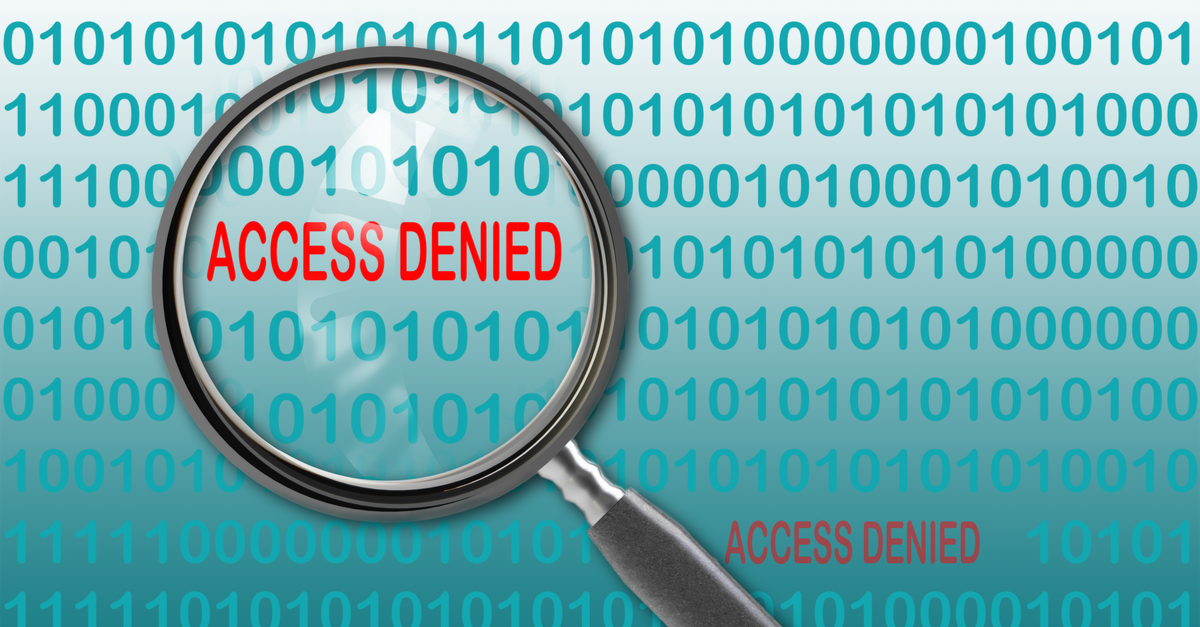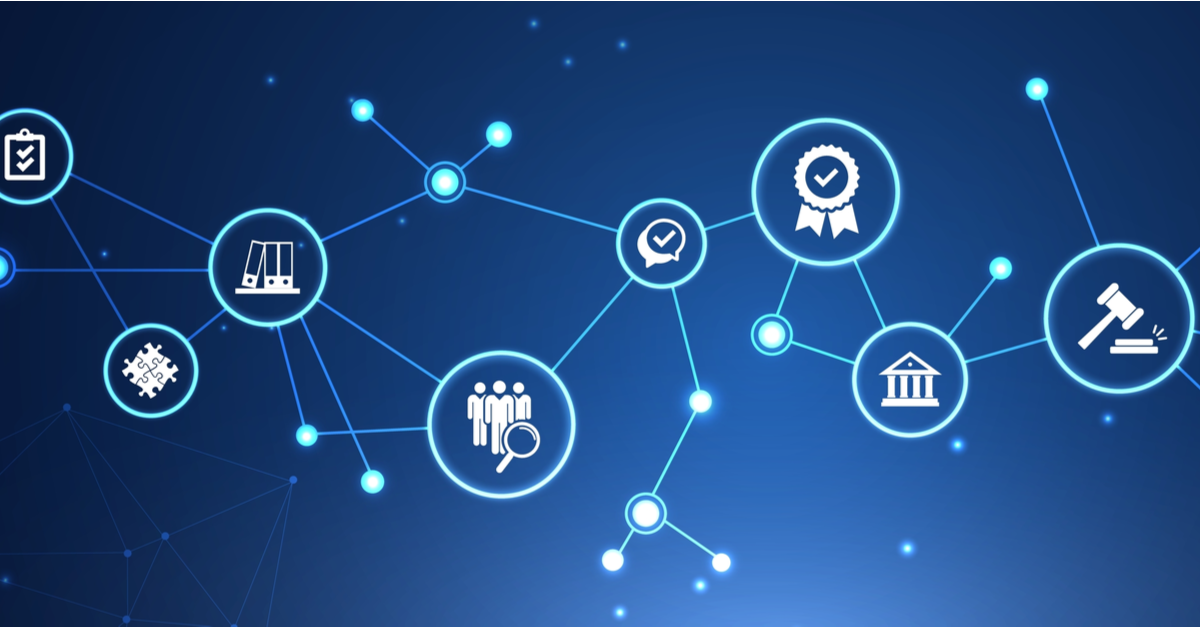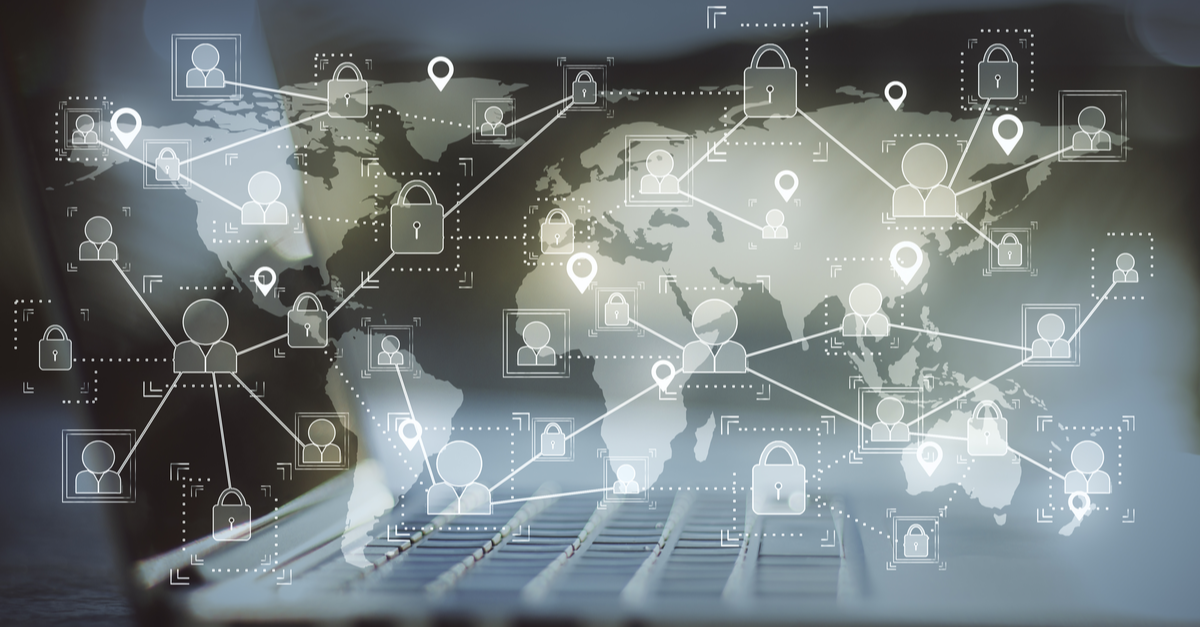While the majority of data breaches are from insider threats—a startling 57% according to the Verizon Insider Threat Report—many organizations overlook these internal dangers. Whether careless or malicious, employee, partner, or contractor, insider threats are difficult to spot and often go undetected in your ERP system for months or years.
Insider threats can be particularly dangerous for organizations using legacy ERP systems, such as SAP, PeopleSoft, and Oracle EBS. The primary issue is that most security teams struggle to determine the difference between regular user activity and anomalous activity indicating an insider attack. What makes insider threats especially dangerous is that insiders usually know how to find and access sensitive data and sometimes have a privileged (or over-privileged) account.
5 Types of Insider Threats in Your ERP System
First, a quick refresh: An insider threat occurs when the insider (user) maliciously or unintentionally misuses their access to negatively affect or harm the business. Not all insiders are disgruntled employees, and their motivations, intent, and access levels vary. Regardless of who they are, an insider who is intentionally or unintentionally violating a business or security policy can inflict plenty of damage.
Insider threats come in all shapes and sizes and display different behaviors you can leverage for detection and prevention. Here are five categories of insider threats that our ERP customers are most likely to encounter: The Careless Worker, the Arrogant Insider, the Disgruntled Employee, the Malicious Insider, and the Irresponsible Vendor.
The Careless Worker
These are employees or partners whose actions are inappropriate as opposed to malicious. They will unintentionally break acceptable use policies, mishandle data, and install unauthorized applications, etc. The Careless Worker ignores security awareness training and best practices, making them likely to be the one that falls for a phishing scam and having their account compromised by a hacker.
The Arrogant Insider
Arrogant Insiders are employees who do not act with malicious intent but believe they are exempt from security policies. They will take deliberate and potentially harmful actions, such as using unapproved workarounds or transferring potentially sensitive information to cloud storage accounts for easy access. These actions leave vulnerable data and resources unsecured and vulnerable to hackers.
The Disgruntled Employee
A Disgruntled Employee is not happy or feels disrespected in some way and willfully disregards data privacy and security protocols to commit deliberate sabotage or intellectual property theft. For example, using access to leak executive compensation data and cause negative publicity. Disgruntled Employees are especially dangerous and probably the hardest ones to detect because they have elevated levels of privilege.
The Malicious Insider
The Malicious Insider is an actor with access to corporate assets who uses existing privileges to exfiltrate data or commit other malicious acts with the goal of financial rewards or further personal gains. A Malicious Insider can result from a compromised account caused by a Careless Worker or a Disgruntled Employee who has gone beyond accessing intellectual property and into theft or fraud.
The Irresponsible Contractor
The Irresponsible Contractor compromises security through negligence, misuse, or malicious access to or use of an asset. They are contract workers and temporary employees who are given access like a full-time employee. Sometimes, depending on how an organization assigns roles, they might have more privileges than the job requires.
How to Reduce Insider Threats?
Know Your Users. Know Your Data. When an insider uses a legitimate login profile to move about your ERP system, telling the difference between regular activity and harmful activity often prevents rapid detection. In fact, a recent report from Ponemon indicates that the average time to detect and contain an insider threat incident is 77 days.
The number one way to detect anomalous activity is by closely monitoring user behavior around data access and usage. Put another way; you’re looking to identify the context of the access and usage: the who, what, where, when, how, and, ultimately, the why.
Far too often, user behavior is a mystery, resulting in security, fraud, theft, and business policy violations. Specifically, a lack of context around how, when, and by whom transactions and data fields are being accessed. To gain this insight, you need an advanced analytics platform specifically designed to display granular levels of ERP data access & usage. Like Appsian360.
Context of User Access and Data Usage with Appsian360
With Appsian360, security and compliance leaders can drill into specific data access and know exactly who is doing what, where, and why. With that level of in-depth, contextual information, any red flag incidents can undergo a rapid response plan. With Appsian360, you can:
- Identify when a Careless Worker falls victim to a phishing attack by setting up a dashboard that tracks location-based access. If a legitimate user account suddenly starts accessing your ERP system from outside the United States, for example, you can begin an investigation into other activity by that account.
- Closely monitor the activity around sensitive reports and queries and ensure that data is not being exfiltrated in bulk by unauthorized users or offboarding employees, such as Arrogant Insiders.
- Monitor high-risk data activity for unusual behavior. For example, a Disgruntled Employee with access to compensation data needs that ability to their job. However, you can track the number of times a user accesses that data during the day or outside of business hours. Instead of asking “if” a person should have access to that data, you can track how often and when that data is accessed.
- Track a variety of user access data points when it comes to detecting a Malicious Insider. Since this is usually a compromised account, you can set dashboards to track after-hours access, mobile phone access, strange IP address access, and access from a foreign country. All signs that a legitimate account has been compromised.
- Apply a prefix to the username of any outside Irresponsible Contractor or temporary worker to fully track their data access and usage inside your ERP system.
Close the Visibility Gap to Detect Insider Threats
The unfortunate reality of ERP applications like PeopleSoft and SAP is that they lack the ability to provide actionable insights into user activity, creating many blind spots for detecting insider threat behavior. Fortunately, organizations using Appsian360 can detect and defend against insider threats by monitoring data access and usage at a granular level that was previously unavailable.
Want to see a demonstration of how Appsian can help your organization detect insider threats? Contact us to chat with an Appsian security expert today.



















